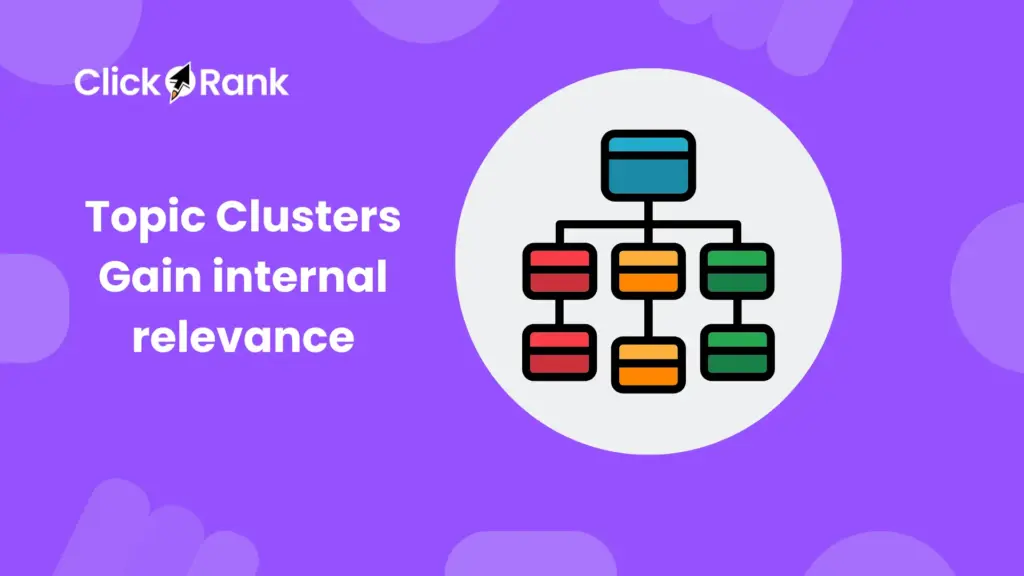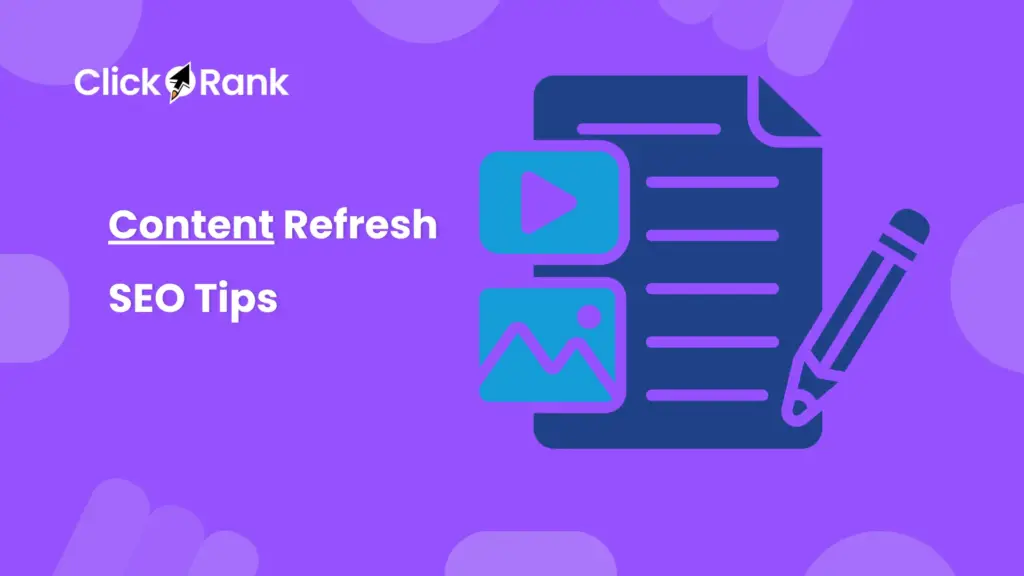I’ve seen it time and time again. You spend hours writing a great article, it ranks on page one, but the traffic just isn’t there. Your content is buried beneath more clickable headlines. This isn’t a content problem; it’s a CTR problem just fix it by CTR Growth via Meta Refinements. At ClickRank, we know that better clicks don’t have to be complicated. We help you use simple refinements to unlock massive growth.
In this guide, I’ll show you exactly how to boost your traffic by optimizing the tiny snippets of text that appear in search results. You’ll learn what makes people click and how our platform automates the hard work for you.
How Can SEO Professionals Boost CTR with Advanced Growth Tactics?
In this article, I will show you practical strategies that can help improve your click-through rates (CTR) as an SEO professional. We’ll explore advanced growth tactics that are proven to get real results. Whether you’re a seasoned expert or just getting started, these tips can take your SEO efforts to the next level and help you achieve higher rankings.
CTR Definition in Simple Words
CTR, or Click-Through Rate, is a simple but critical metric. It’s the percentage of people who click on your link after seeing it in a search result. A high click-through rate tells search engines your title and description are highly relevant and compelling.
Why CTR is More Than Just a Number
A strong CTR is a direct signal to Google’s Search Engine Algorithms that your content is valuable. If people click your link more often than a competitor’s, Google will likely move your content up the rankings. It’s a powerful driver of Organic Search Traffic and a key part of effective On-Page SEO.
The Role of Meta Tags in Driving Clicks
Meta Tags are snippets of code that tell search engines and social media platforms what your page is about. They don’t appear on the page itself, but they’re the first thing a user sees in the SERP (Search Engine Results Page).
How Titles Shape First Impressions
Your Title Tags are your headline in the search results. A strong title tag grabs attention and sets the right expectation. It’s your first impression. A great title should be concise and accurately reflect your content.Here is free tool used for Title tags Generate.
Writing Meta Descriptions That Sell Without Selling
A Meta Description is the short paragraph under the title. It’s your sales pitch. It should summarize your content and encourage a click without sounding like a used car ad. Think of it as a preview that matches the user’s User Intent.
The Hidden Power of Schema, Open Graph, and Twitter Cards
You can make your search snippet more eye-catching with structured data. Schema Markup adds Rich Snippets like star ratings or prices. Open Graph Tags and Twitter Cards control how your link looks when shared on social media. Together, they make your content stand out everywhere.
Why CTR Growth via Meta Refinements?
Small tweaks to your meta information can lead to big results.

Matching User Intent with Search Queries
When you optimize your Meta Tags, you are directly addressing the user’s need. By using keywords they are searching for, you show them your page is the exact solution they need. This alignment is key to a higher click rate.
Standing Out Against Competitors on SERPs
If you’re in a crowded market, your title and description are your competitive advantage. By writing more compelling copy, you can steal clicks from competitors, even if they’re ranked higher than you.
What Are the Common Problems That Kill Your CTR?
A lot of common SEO problems can destroy your click-through rate.
Duplicate or Missing Title/Descriptions
This is a major issue. If your pages have missing or duplicate Title Tags and Meta Descriptions, search engines have to guess what your page is about. This leads to generic, unappealing search snippets that no one clicks on. Our ClickRank Audit scans your entire site to find these issues instantly.
Over-stuffed Keywords and Misleading Copy
Packing too many keywords into your tags looks spammy. It’s a red flag for both users and search engines. Equally bad is using clickbait headlines that don’t deliver. Users will bounce back to the search results, which is a negative signal.
Ignoring Mobile-First Snippets
Most users search on their phones. If your titles and descriptions are too long, they get cut off. You need to write for Mobile-First Indexing to ensure your message is fully visible on a small screen.
How Can I Refine My Meta Tags for More Clicks?
It’s simple. I’ll show you exactly how to optimize your title tags and meta descriptions using simple, practical steps. I’ll share my proven methods for better CTR and higher organic rankings. Let’s get you more traffic with a few smart changes.
Researching Competitor SERPs Before Writing
Start your Keyword Research by looking at what’s already ranking. What titles are they using? What’s their unique selling proposition? Our ClickRank Audit provides a full Competitor Analysis so you can see what’s working and what’s not.
A/B Testing Titles and Descriptions
The best way to know what works is to test it. A/B Testing involves creating two versions of your title or description and seeing which one gets more clicks. This is an advanced technique that provides concrete data.
Using Google Search Console for CTR Data
Google Search Console is your best friend here. It shows you the actual queries your pages are ranking for, their average position, and their CTR. We connect directly to your data to provide Smart Recommendations on which pages need urgent attention.
How Can I Get More Clicks on My SEO Content?
I’ll show you my pro-level tactics for boosting CTR. We’ll cover advanced schema, buyer journey alignment, and the tools I use every day. Get ready to turn more impressions into clicks and dominate the search results. I’ll show you how.
Leveraging Schema Markup for Rich Snippets
Don’t just write great content make it visually appealing in search results. Schema Markup adds a layer of information that can generate Rich Snippets, which dramatically increases visibility. Think of the extra space star ratings take up on the SERP.
Aligning Tags with Buyer Journey (Awareness → Consideration → Decision)
Optimize your tags to match where a user is in their Buyer Journey. An informational article (Awareness) might have a question-based title, while a product page (Decision) needs a title with urgency and a clear call to action.
Using Tools like Yoast & Rank Math for Smart Refinements
Tools like Yoast SEO and Rank Math help you stay on track with best practices. We go a step further. Our One-Click Fixes automate the changes, so you don’t have to manually update code.
How fast can CTR improve after refining meta tags?
You can often see an improvement in your click-through rate within a few days to a week after making changes. Search engines like Google will recrawl your page and update the snippet in the search results.
Do longer titles get more clicks?
Not necessarily. The key is to be concise and compelling. Titles that are too long get truncated on mobile devices, which can hurt your CTR. Aim for a balance of clarity and length.
Can schema markup really change CTR?
Absolutely. Schema Markup creates Rich Snippets that stand out visually. This increased visibility makes people more likely to click on your result, even if it's not the top-ranking one.
How do I know if my low CTR is from bad meta tags?
The fastest way to know is by using Google Search Console. Check the performance report and look for pages with a high average position (e.g., 1-5) but a low CTR (under 5%). This is a strong sign your titles and descriptions need work. ClickRank's AI-powered audit can flag these for you automatically.


